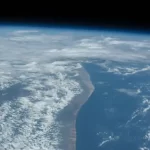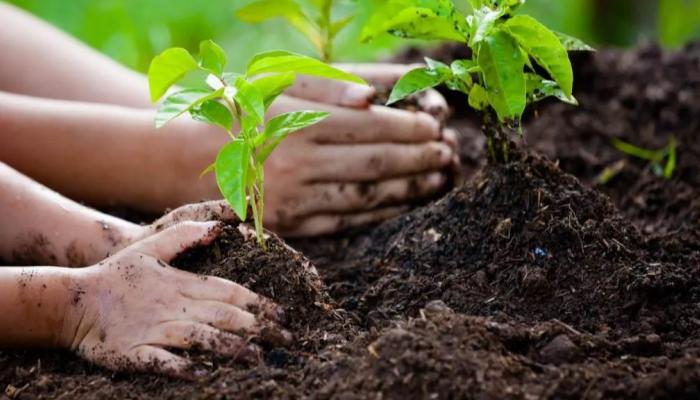In its efforts to protect the environment and combat climate change, the Kingdom of Saudi Arabia relies on achieving a balance between economic and social growth. Its motivation is primarily religious, national and humanitarian duty and responsibility before future generations. Therefore, it balanced between preserving the environment and sustainable development within the goals of its future vision 2030.
And to the extent that the Kingdom cares about the affairs of its environment locally, it realized from an early age its human duty towards the environmental and climatic risks facing the planet, and felt the need to reach effective solutions in which the elements of life and its sustainability prevail, and from this standpoint the Kingdom shares with the countries of the world the growing environmental challenges it faces as a result of population growth And the acceleration of the industrial, economic, urban and agricultural pace, it strived to reduce the causes of climate change, and to fulfill its commitment to international standards and agreements within the framework of international programs emanating from specialized organizations, including the Paris Agreement on climate change aimed at avoiding dangerous interventions arising from human activities in the climate system.
Saudi Green Initiative
In the face of these global challenges, His Royal Highness Prince Mohammed bin Salman, Crown Prince, announced the “Saudi Green” initiative at the end of last year, to achieve environmental sustainability. The Kingdom’s efforts in this field include pledges to achieve net zero emissions by 2060 AD, and to increase the share of Renewable energy in electricity generation to reach 50% by 2030, and reduce methane emissions by 30% by the same year, in line with the Global Methane Pledge.
The “Saudi Green” initiative includes three ambitious national goals: increasing terrestrial and marine protected areas to enhance biodiversity, reducing carbon emissions by more than 278 million tons annually by 2030, and afforestation in the Kingdom by planting 10 billion trees. The cost of the first package of initiatives is estimated , which has more than 60 sub-initiatives within the “Saudi Green” initiative, with about 700 billion riyals, thus contributing to the growth of the green economy, nationally, regionally and globally.
Middle East Green Initiative
Believing in its regional role, and the world’s urgent need to move towards building a green future, the Kingdom announced at the same time the “Green Middle East” initiative as a catalyst for global impact and a successful model for international cooperation in climate action on a large scale, as it aims to plant 50 billion trees and reclaim 200 million hectares of degraded land, supporting emissions reduction, in the region, which equates to 670 million tons annually. To activate this initiative, the Kingdom hosted, in October of last year 2021, the inaugural edition of the Green Middle East Initiative Summit, and brought together heads of state and senior officials from more than 30 countries around one table. The Kingdom announced the launch of the second edition of the Middle East Green Initiative Summit on November 7, and the Saudi Green Initiative Forum on November 11 and 12 in the Egyptian city of Sharm el-Sheikh, coinciding with the city’s hosting of the (COP27) conference, which brings together countries of the world under one umbrella to advance global climate ambitions.
The circular carbon economy
The Kingdom’s efforts did not stop at launching green initiatives only, but also adopted, during its presidency of the G20, the concept of a circular carbon economy, which was approved by the G20 as an integrated and comprehensive framework to address the challenges arising from greenhouse gas emissions and manage them using the various available technologies. This approach represents an interconnected, integrated and sustainable system. To manage carbon through four axes: carbon reduction, reuse, recycling, and disposal. It also encourages the principle of inclusiveness in the use of clean technologies, including renewable energy and clean hydrocarbon technologies.












